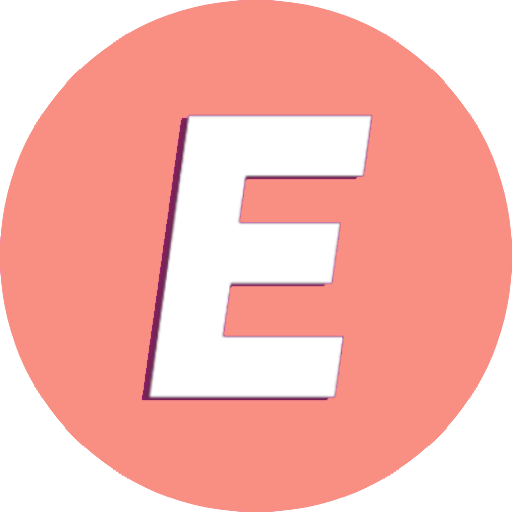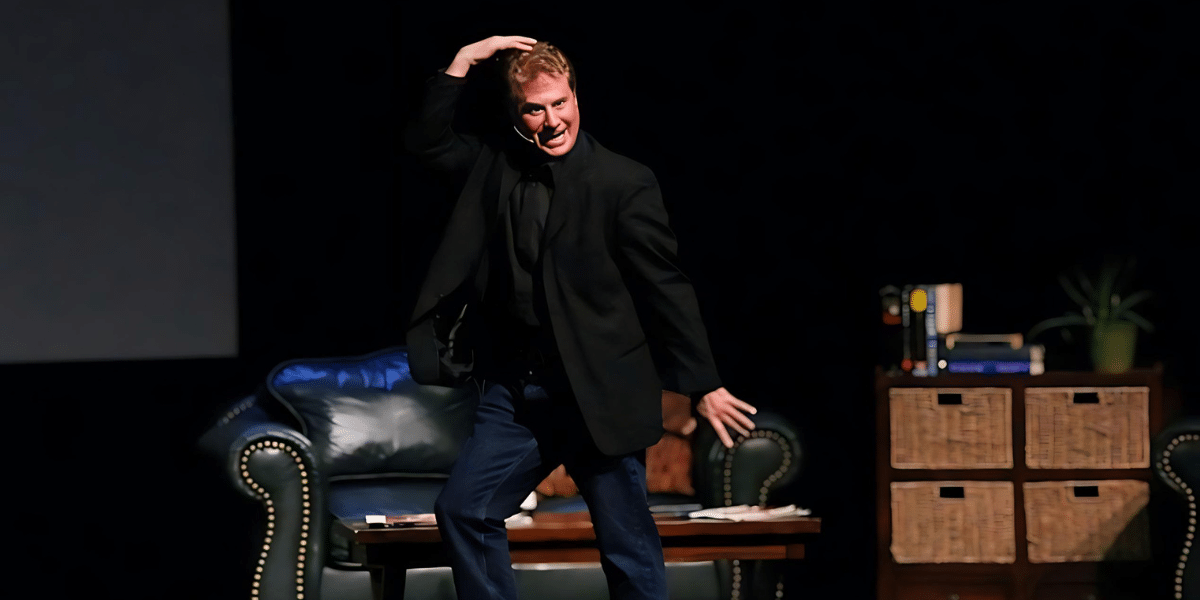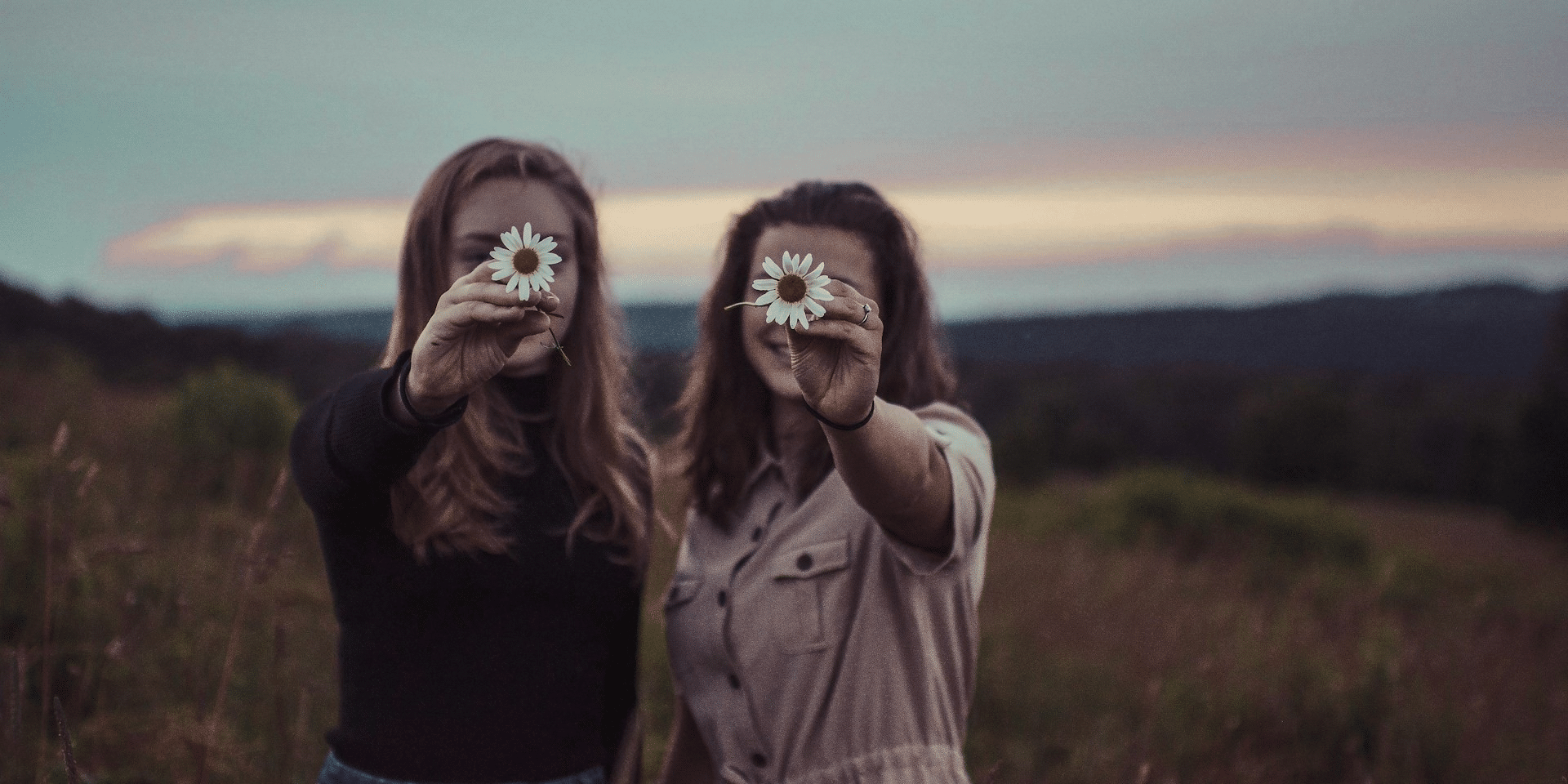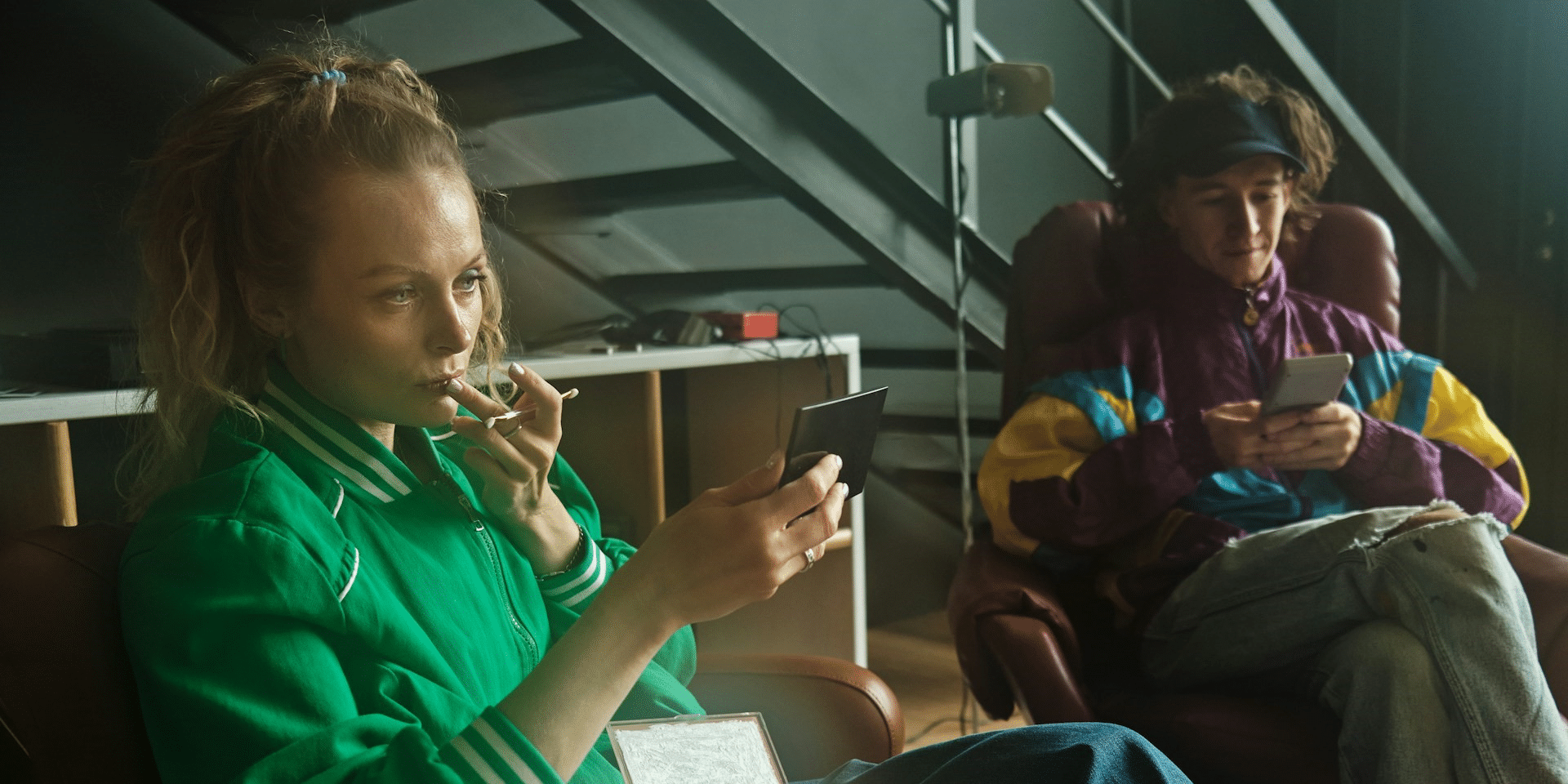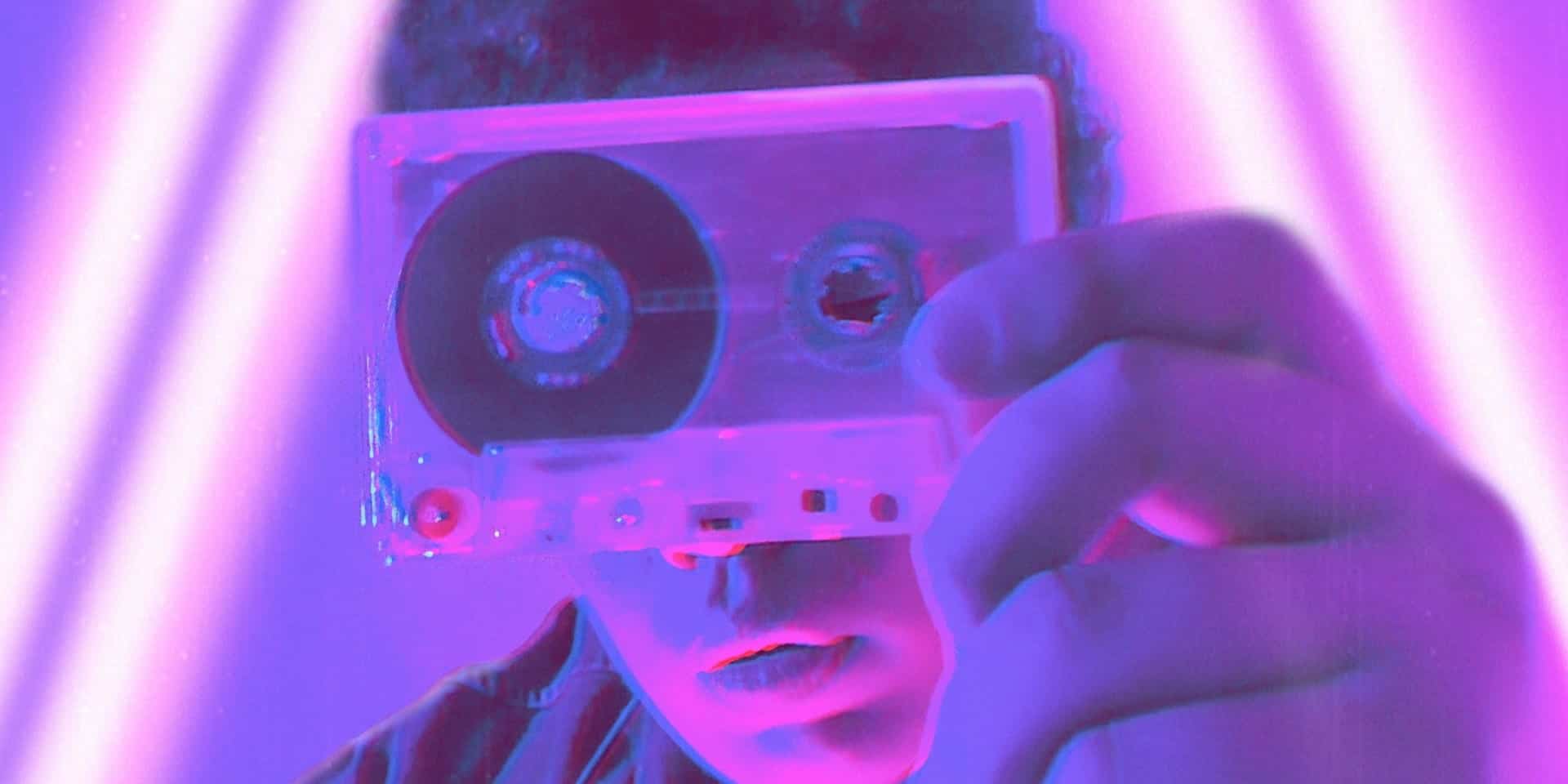The Dutch angle, also known as a Dutch tilt or canted angle, is a cinematographic technique that involves tilting the camera off-center to create a sense of imbalance or unease in the frame. This technique is often used in filmmaking to convey tension, disorientation, or psychological unease, and it can add visual interest and dynamism to a scene. In this article, we’ll explore how you can effectively utilize the Dutch angle in your movies to enhance storytelling and evoke emotional responses from your audience.
Creating Visual Impact
One of the primary benefits of using the Dutch angle in your movies is its ability to create visual impact and draw viewers’ attention to specific elements within the frame. By tilting the camera off-center, you can create dynamic compositions that stand out from traditional, static shots, adding energy and excitement to your scenes. Whether it’s a dramatic action sequence, a tense confrontation, or a surreal dream sequence, the Dutch angle can help you create visually striking imagery that leaves a lasting impression on your audience.
Conveying Tension and Unease
One of the most common uses of the Dutch angle is to convey tension, unease, or psychological instability in a scene. By tilting the camera off-center, you can create a sense of disorientation and imbalance that mirrors the emotional state of the characters or the atmosphere of the narrative. Whether it’s a moment of suspense, a feeling of paranoia, or a descent into madness, the Dutch angle can help you immerse your audience in the psychological depth of your story and evoke emotional responses that resonate long after the credits roll.
Enhancing Dramatic Impact
In addition to conveying tension and unease, the Dutch angle can also enhance the dramatic impact of key moments in your movie. Whether it’s a sudden plot twist, a shocking revelation, or a climactic showdown, tilting the camera off-center can add visual drama and intensity to the scene, heightening the emotional stakes and keeping viewers on the edge of their seats. By strategically incorporating Dutch angles into your movie, you can create moments of heightened tension and anticipation that captivate your audience and drive the narrative forward with gripping intensity.
Reinforcing Character Perspectives
Another effective way to utilize the Dutch angle in your movies is to use it to reinforce the perspectives of your characters. By tilting the camera to match the viewpoint of a specific character, you can immerse viewers in their subjective experience and create a sense of empathy and identification with their emotional journey. Whether it’s a feeling of disorientation, a sense of vulnerability, or a moment of clarity, the Dutch angle can help you convey the inner thoughts and feelings of your characters in a visually compelling way that resonates with your audience.
Adding Visual Variety
Beyond its narrative and emotional implications, the Dutch angle can also simply add visual variety and interest to your movies. By incorporating tilted shots alongside more traditional compositions, you can create a dynamic visual rhythm that keeps viewers engaged and entertained throughout the film. Whether it’s a subtle tilt to add depth to a dialogue scene or a more extreme angle to heighten the impact of a pivotal moment, the Dutch angle can help you keep your audience visually engaged and invested in the story from beginning to end.
The Power of the Dutch Angle
The Dutch angle is a powerful cinematographic technique that can add depth, tension, and visual interest to your movies. Whether you’re looking to convey psychological unease, enhance dramatic impact, reinforce character perspectives, or simply add visual variety to your compositions, the Dutch angle offers a versatile tool for filmmakers to explore. By understanding the narrative and emotional implications of the Dutch angle and incorporating it thoughtfully into your filmmaking process, you can create movies that captivate and engage audiences with visually stunning imagery and immersive storytelling.


